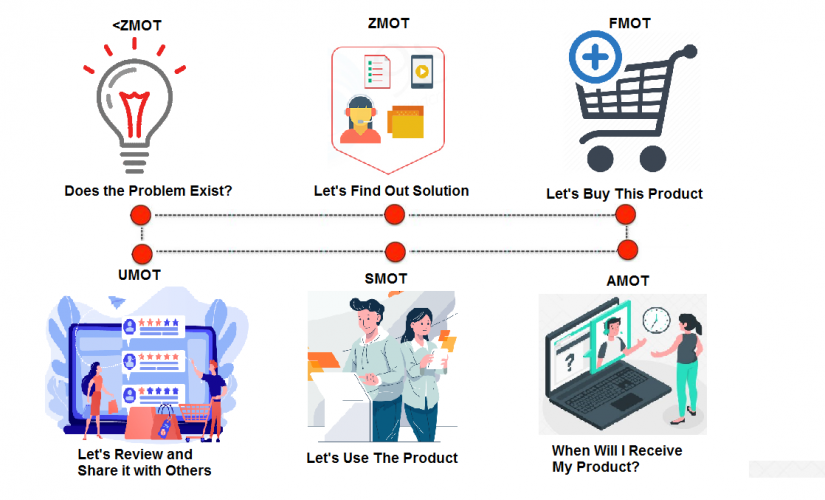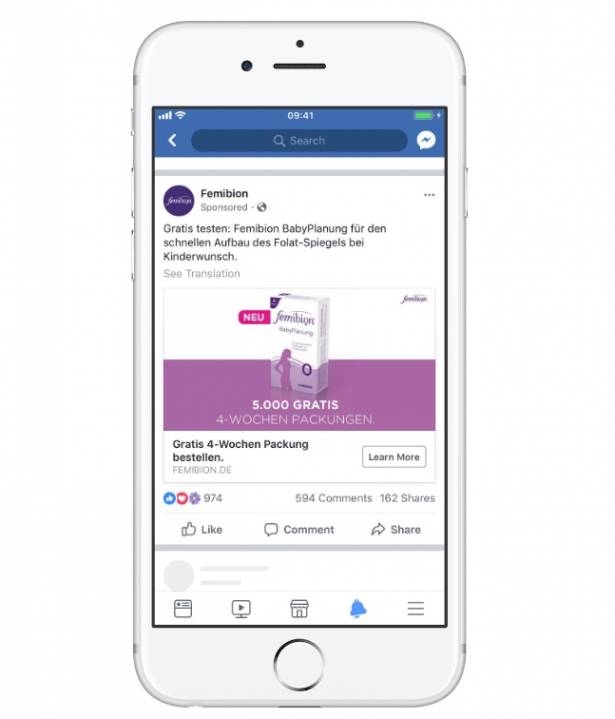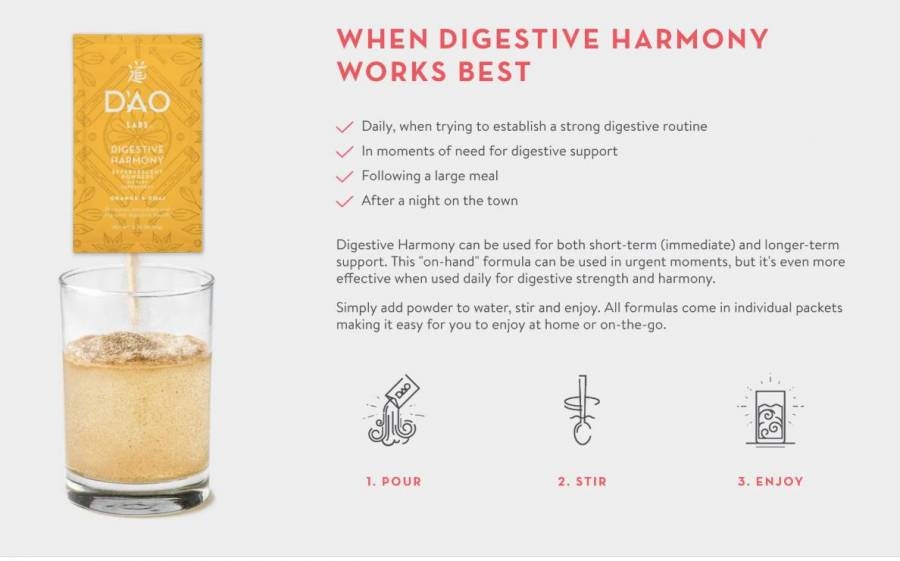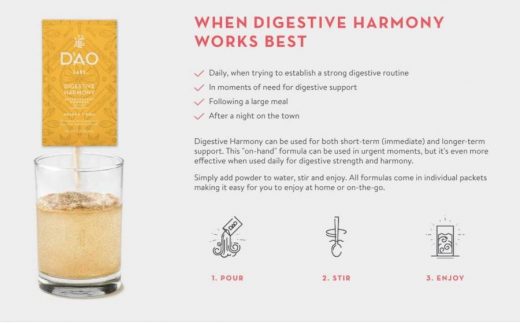How to Use 6 Moments of Truth to Create a Strong Bond Between Customers and Your Brand
How to Use 6 Moments of Truth to Create a Strong Bond Between Customers and Your Brand

In the 1980s, Jan Carlzon, President of Scandinavian Airlines, introduced the concept of the “moments of truth” to his organization. In Carlzon’s words, “The Moments of Truth are the various points at which people connect with the brand.” Here is how to use six moments of truth to create a strong bond between your customers and your brand.
Moments of Truth
Carlzon believed that if you create a positive outcome at each Moment of Truth — then your business will be successful. That theory proved accurate when Scandinavian Airlines became one of the most admired industry brands, despite tough competition.
Since then, the Moments of Truth concept gained momentum as it rolled through sales, traditional marketing, and growth marketing that focuses on user acquisition and retaining customers, and turning them into passionate advocates.
Each brand uses it to build an emotional connection with customers at each moment.
Initially, only Carlzon used the concept of Moments of Truth. As the theory progressed, more brands, like Procter & Gamble, Google, and others, joined the movement, unveiling the exact Moments of Truth necessary to reach their users’ hearts.
Today, you will find countless micro-moments involved in the theory. In this post, I will discuss six significant moments at each step of the entire customer journey.
Without further ado, let’s explore what those moments are and how they will help you build a long-lasting relationship with customers.
6 Moments of Truth to Build a Strong Bond with Customers
1. Less than Zero Moments of Truth (<ZMOT): “I don’t know.”
People get on Google and research products or services before buying them. But a “before-Google” moment exists when something happens in the customers’ lives that lead them to go online and find out the answers or solutions.
This is the “Less than Zero Moment of Truth” (or “<ZMOT”). A brand must plant the idea of why potential customers need their product or service before they jump onto Google for more information. Call this the “awareness stage” when customers have a problem but are not aware of it yet.
To create awareness during Less than Zero Moments of Truth, you will require:
- Data on who your targeted audience is
- Data on which channels they hang out in the most
- Content with search intent that fits well at the awareness stage, as well as fits the channel itself
For example, Femibion is a German pregnancy healthcare brand owned by Merck Consumer Health. Merck wanted to raise brand awareness by offering a free baby-planning book called Femibion BabyPlanung.
To sell the planning book would be challenging because mothers weren’t even aware that they needed a baby-planning book to demystify practical issues during pregnancy.
Merck took this challenge and worked with Facebook on a multistage campaign, targeting female audiences in Germany.
The campaign debuted with a cheeky series of carousel ads, presenting blissfully happy pictures of “baby-making places,” or particular spots where women might conceive a child.

The later ads possessed a more standard format, featuring the book’s image, accompanied by a call to action.

By the time the brand ended the promotion, the ads had a 35% increase in conversion rate. As a bonus, the company successfully generated 10K leads while decreasing their sample distribution cost by 2X.
Because Less than Zero Moments of Truth is just an awareness stage, you can’t guarantee leads. Generally, when users become aware of a problem or solution, their next step is to Google-it — which brings us to our next Moment of Truth.
2. Zero Moments of Truth (ZMOT): “This is the problem. I need a solution.”
Here comes your favorite moment: When potential customers jump onto Google to find the solution or answer to their problem or question. They may find themselves fascinated by your product or service while on their journey.
The moment takes place before the consumer has decided to buy. At this moment, consumers also look for websites, reviews, and other confirming data before they make up their minds.
Google, itself came up with the Zero Moment of Truth (ZMOT) in 2011.
ZMOT is a collection of multiple moments, also known as a “micro-moment,” wherein consumers go through multiple mini-moments before buying the product.
How does a Micro-Moment Play Out?
Picture this: A traveler is seeking a new place to explore. He runs into an ad for a Smoky Mountain resort on social media. He searches Google to see how the place looks and read some Google reviews; then, he asks friends and checks out YouTube to find worthy places around the resort.
In this case, the potential customer goes through multiple micro-moments before making fully informed decisions using all available sources.
The key here is to optimize each micro-moment that takes place along the journey, starting from when consumers go online to when they select the product or service, read reviews, compare information, and so on.
There are three steps to optimize each Zero Moment of Truth:
- Find your zero moments: Imagine a customer’s journey, starting from going to Google with potential searches to consuming everything that comes along the way. Note every moment that takes place. Figure out ways to integrate your brand. For example, you can collect Google reviews from past customers to convince future customers.
- Answer the questions that customers ask: Work on discovering all the questions those potential customers may ask and answer them in every possible way. For example, answer the question, “What are the best places to visit around the Eiffel Tower?” in an article or video format.
- Adopt four parts of communication: There are four ways to communicate with your potential customers at the Zero Moment of Truth stage via content:
-
- Paid advertisements: Google ads or social media ads
- Owned content: Creating your own content to promote your brand
- Earned content: Winning online product reviews and social media buzz
- Shared content: Natural brand mentions, like people sharing your stories by word of mouth
Once consumers register your brand in their mind after repeated mentions in various micro-moments, they become ready to click “buy”—but first, they need a little nudge.
3. First Moment of Truth (FMOT): “I want to buy it but…”
Now comes the most sensitive moment.
First coined by Procter & Gamble, the “First Moments of Truth” (or “FMOT”) are the 3-7 seconds after the shopper has become convinced by the brand’s product or service. This is when brands have the best chance to convert searchers into buyers by bewitching their senses, values, and emotions.
Generally, these moments involve the customer reading a description or hearing a pitch to understand better how the product serves their needs.
Consider this: Dao Labs is a Traditional Chinese Medicine (TCM) creator brand for a Westernized audience. They wanted to make their medicine feel approachable, credible, and necessary for a balanced lifestyle.
The problem was when visitors arrived at their product page; they didn’t feel familiar with TCM. So, the brand started telling large stories wrapped in history, usage, and benefits clearly.
As a result, they built a product page that appealed to human emotions, values, and everyday health issues.

A good presentation with a little list of how your product will fulfill the user’s needs is all you will need to turn visitors into buyers. On top of that, allowing users to zoom in and showing multiple angles will increase their likelihood of clicking the “buy” button.
Once they click “buy” and finish the payment, this is where retailers typically drop the ball.
Your real journey to create strong bonds begins when customers purchase your product and reach the moment of the gap.
4. Actual Moment of Truth (AMOT): “When will my product arrive?”
Once consumers buy a product, brands lose control over the process (except for keeping customers informed). More importantly, no one looks after the emotions that customers go through when purchasing the product and when they receive it.
The time period can be as short as immediate product delivery, like an online subscription, or a few days’ deliveries for a physical product.
Amit Sharma, Founder and CEO of Narvar, call this gap the “Actual Moment of Truth” (or “AMOT”). This is where you have an opportunity to do more than send a shipping confirmation email. The actual moment of truth is where you have an opportunity to tell the customer that they made the best decision by choosing you over others.
Let’s take an example of cold cream to understand how to keep users entertained during the AMOT.
Let’s say a customer buys cold cream online from a brand. Along with the shipment details, the brand can offer suggestions on when to use the cream and how many times it should be applied. Maybe the brand can go even further by sharing tips on protecting their skin against chilly weather.
Regardless of your business, there are always Actual Moments of Truth that occur while the customer waits for the product to arrive. Find them and use them as an opportunity to deliver a more positive experience.
After customers receive your product and are enjoying the tips you have sent them during the AMOT, they will move towards a resulting experience. It is at this point when your product is expected to support your pre-purchase promises.
5. Second Moment of Truth (SMOT): “Let’s Use the product.”
When customers receive the product and start using it, it has a major impact on their satisfaction level. Hands-on product experience directly affects the reputation of a brand, as well as its audience reach. This is when customers subconsciously start thinking about whether they would like to continue a relationship with the brand or not.
Procter & Gamble coined this moment as the “Second Moment of Truth” (or “SMOT”), which is when customers start using the product.
Many marketers’ challenge is to ensure an excellent experience when everything depends on the product’s usage.
Why do you need content marketing?
- To provide targeted information to help customers use their products.
- To offer toll-free numbers to solve their issues instantly, for free.
- To help them return or fix the product as soon as possible.
- To send them how-to videos and user guides.
- To be accessible instantly to answer their questions.
By doing so, brands will potentially convert a one-time buyer into a fan. Even if your product fails to meet their expectations, you can always promise to live up to the next time.
When customers finish experiencing your product from the inside-out, they will mark the occasion by sharing their experience with friends, family, and online communities.
6. Ultimate Moment of Truth (UMOT): “Hey, I bought this product, and it’s…”
The instant customers get familiar with your product; they will run to their friends and online networks to share their experience with others. The intention behind this is their need for self-expression and their desire to notify others.
Procter & Gamble termed this as the“Ultimate Moment of Truth” (or “UMOT”). This is why customers provide feedback on products in multiple formats, like sharing with friends or colleagues, posting Google reviews and Facebook reviews, uploading YouTube videos, etc.
Shared experiences are like a snowball. Once it starts rolling down a long, snowy hill, it collects more snow on the way and turns into a big ball that can make or break your brand. The more people share experiences with others, the more people become aware of your brand. This can be a good or bad thing, depending on the feedback that is shared.
These reviews will become discoverable and influential enough on search networks to beat all your SEO and branding strategies.
Sure, you don’t have control over how customers will experience your product and share their opinions about it online. But you can respond to them better and align their experience with their expectations.
The question is: How?
Let’s take a look at these foolproof steps to optimize the Ultimate Moment of Truth.
Step 1: Collects insights on customer experience.
Collect customer feedback from all places possible. You can use tools that offer brand mention services to inquire about places where people share their brand experiences. Keep track of customer call feedback and complaints to obtain a deeper understanding of the customer experience.
Step 2: Get a team involved
Decentralize your feedback efforts by allocating team members to take care of positive or negative feedback. This can include apologizing for defects and promising to exchange or refund the product, or thank you for an impressive review.
Step 3: Keep tabs on opportunities
Finally, instruct your team to stay focused on opportunities to take advantage of the ultimate Moments of Truth. No matter whether customers are too angry or unimpressed with your products to keep the relationship going, you can grab these opportunities to send offers that will make up for their disappointment or help them develop a good impression of your brand.
These optimized Ultimate Moments of Truth will complement the entire customer journey. Each shared experience, along with the brand’s response to them, will turn into a Zero Moment of Truth for each potential customer. In other words, the Ultimate Moment of Truth can be the Zero Moment of Truth for other customers who come online with lots of questions in mind.
And the cycle keeps going.
What you will realize is that moments of truth aren’t just moments. They are an experienced, fueled continuum.
Keep the flow going and come back to share your experience.
The post How to Use 6 Moments of Truth to Create a Strong Bond Between Customers and Your Brand appeared first on ReadWrite.
(39)


